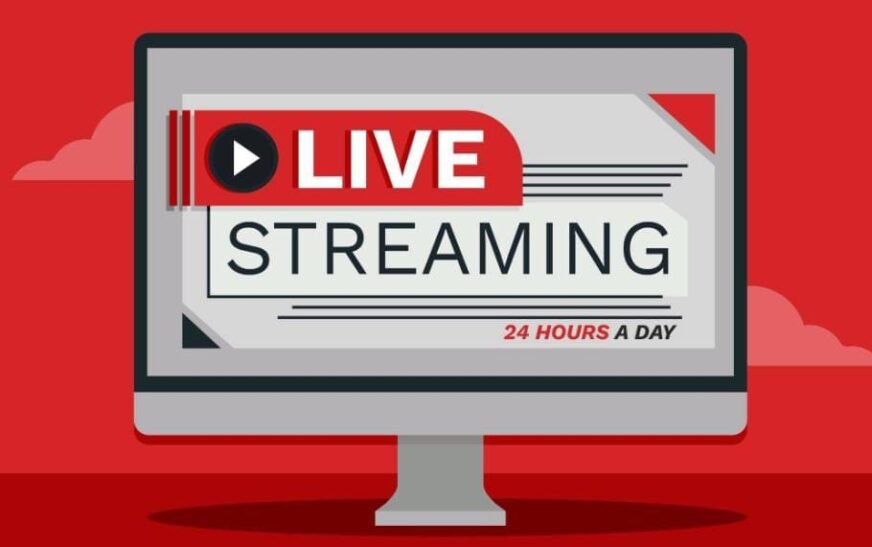When you watch videos online, you’re utilizing video streaming technology, which allows for the delivery of multimedia content over the internet in real-time. This technology encompasses various methods, including the ability to watch pre-recorded videos or to connect to a live stream that occurs in real-time, providing viewers with a dynamic and engaging experience.
Live streaming has gained immense popularity, especially on OTT platforms and social media, where platforms offer integrated features for broadcasting live events, shows, and other interactive content. This real-time interaction not only fosters engagement but also builds a sense of community among viewers, allowing them to participate in discussions and events as they unfold.
How Does Live Streaming Work?
When a content provider streams live video, it’s transmitted over the Internet in real-time, using specific streaming protocols. One of the key challenges is ensuring the video is delivered without noticeable delays.
Various streaming protocols make this real-time video transfer possible, and while they work behind the scenes, it’s useful to understand what happens under the hood. Some common examples include:
- HLS (HTTP Live Streaming): Created by Apple, this protocol is designed for delivering content to HTML5 video players.
- RTMP (Real-Time Messaging Protocol): Once a standard for live streaming, RTMP is now mostly used for ingesting video from the encoder.
- RTSP (Real-Time Streaming Protocol): This protocol enables commands like play or pause to be sent to the video player.
- SRT (Secure Reliable Transport): Ensures secure and reliable streaming over public networks.
What Technology is Needed for Live Streaming?
For live streaming, you need both hardware and software. Key components include an encoder, a transcoder, and CDN solutions.
Live streaming starts by capturing video from a camera and sending it to the encoder. The encoder processes the video and streams it to the platform, where a CDN distributes the content to viewers.
The camera captures RAW video, which is large and difficult to transmit over the internet. Encoders solve this problem by compressing large video files into smaller chunks, making transmission faster and easier.
Another critical part of live streaming is transcoding, which allows for multi-bitrate and adaptive bitrate streaming:
- Multi-bitrate streaming enables viewers to choose a video quality that matches their internet connection.
- Adaptive bitrate streaming automatically adjusts video quality based on the viewer’s internet speed, minimizing buffering for slower connections.
Additionally, understanding the concepts of multicast vs unicast is essential for optimizing your live streaming setup. Unicast delivers a separate stream to each viewer, while multicast allows a single stream to be sent to multiple users simultaneously, which can significantly reduce bandwidth usage and improve efficiency during high-demand events.
A CDN is a network of servers distributed across different locations to deliver content more efficiently. This reduces latency and ensures a smoother viewing experience.
It’s also beneficial to use solutions that include additional features, such as analytics to track the performance of your streams or video monetization options to generate revenue.
Lastly, make sure the service you choose provides 24/7 support. This ensures that any technical issues can be addressed quickly.
Final Thoughts
Live streaming can be a valuable revenue stream. Audiences often engage more with live content because it allows real-time interaction. It’s a great opportunity to connect with your viewers, ask questions, receive feedback, and build stronger relationships.













